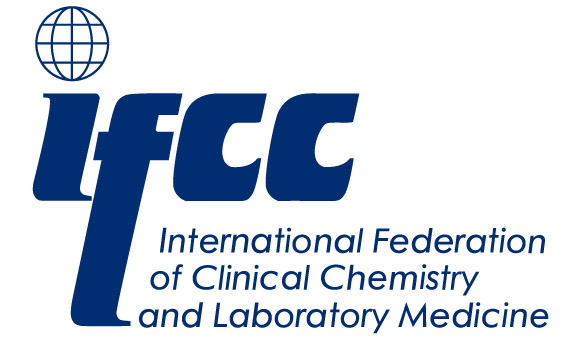What is the clinical spectrum of the (AATD) syndrome?
AATD syndrome is an inherited predisposition to lung disease caused by mutated variants of the gene that codes for the protein α1-antitrypsin (A1AT). The most common variants are known as Z and S. Patients who are homozygous for the Z allele have the most severe form of AATD, which is heavily influenced by lifestyle. At worst, smokers with the ZZ phenotype develop emphysema at a relatively young age in their fifth to sixth decade. In contrast, only a minority of lifetime ZZ nonsmokers develop severe emphysema, and many do not develop pulmonary symptoms. Aside from mutations in the gene for A1AT, other genetic factors may modify the clinical phenotype.
Severe (ZZ) AATD can also lead to neonatal jaundice and hepatitis in infancy and childhood that typically resolves before returning in a subset of individuals in the fourth or fifth decade. Although clinical liver and pulmonary disease may coexist, the two entities may occur in isolation. Presence of A1AT Z polymerization within hepatocyte endoplasmic reticulum is the primary cause of AATD-related liver disease. In contrast, most AATD-related pulmonary disease results from an absence of A1AT neutrophil elastase inhibition and other immunomodulatory effects.
What role do clinical laboratories have in the diagnosis of AATD?
When AATD occurs, severe clinical manifestations of the condition often go unrecognized, and there may be several years of delay in making the diagnosis. Labs can help reduce the clinical impact of the disease by efficiently identifying individuals who have, or are at risk for, severe AATD. This enables patients to adjust their lifestyle and to receive disease-specific therapy, e.g. A1AT protein replacement therapy. Testing should be facilitated for individuals with symptomatic lung disease such as chronic obstructive pulmonary disease, neonatal cholestasis, or those at any age with unexplained hepatitis or cirrhosis. Asymptomatic individuals with an appropriate family history should also be screened and offered pre-test genetic counseling.
Which algorithms should be used in the diagnosis of A1AT?
Labs should use a screening test in conjunction with a protocol for confirmatory testing. Testing should begin with a screen for serum A1AT protein concentrations, as this result both guides the decision to perform confirmatory tests and prevents misinterpretation of them. The highest serum AAT levels would be seen in SZ patients who have a median serum AAT level of 0.6 g/L with the 97.5th percentile at 0.82 g/L. In the case of an acute phase response or exposure to high estrogen states, however, the serum AAT level may double. Therefore, a cutoff of approximately 1.20 g/L would identify the vast majority of the ZZ, Z null, and SZ mutations.
Confirmatory testing should follow when: the screening test is abnormal; there is a specific clinical finding (e.g. basilar predominant emphysema or PAS+D positive inclusions on liver biopsy histopathology); or when there is a family history of severe A1AT deficiency. Confirmatory tests include targeted genotyping, protease inhibitor isoelectric focusing, mass spectrometry, and gene sequencing. Gene sequencing is the most sensitive confirmatory method and should be utilized when there is a discordance between the clinical presentation and/or the serum A1AT screening test and one or more confirmatory test results.
What are the caveats of AATD diagnosis?
False negative or false positive results may affect screening and confirmatory tests alike. Even the most sensitive test, gene sequencing, has imperfect sensitivity and specificity, as it may miss large gene deletions or identify variants of unknown significance. Labs can reduce potential errors in analysis or interpretation by employing an integrated analysis of the clinical indication for testing, screening test result, and confirmatory test result when performed.
Author: Andre Mattman, MD, FRCPC
Acknowledgements: The author would like to thank Benjamin Jung, PhD, for contributing to this article.
Andre Mattman, MD, FRCPC, is clinical associate professor of pathology and laboratory medicine at St. Paul’s Hospital, University of British Columbia in Vancouver, Canada, and a medical biochemist in the Adult Metabolic Disease Clinic at Vancouver General Hospital.+Email: amattman@providencehealth.bc.ca
Source: AACC’s Clinical Laboratory News











































